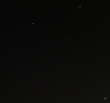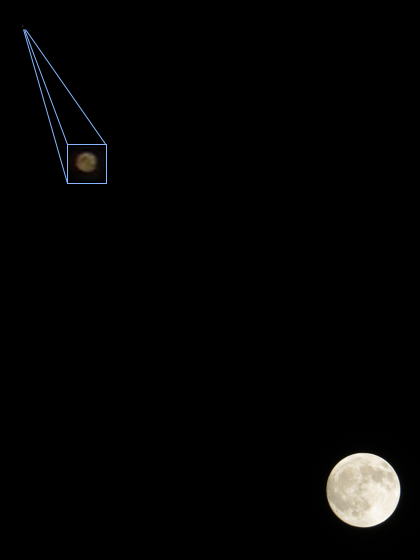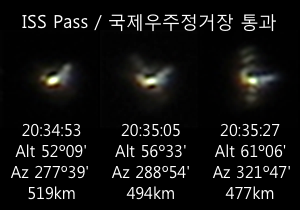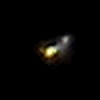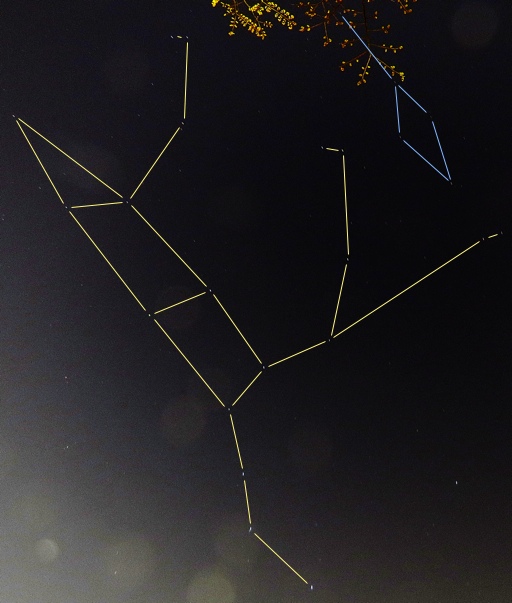Asteroid Vesta & dwarf planet Ceres
Posted by Wesley on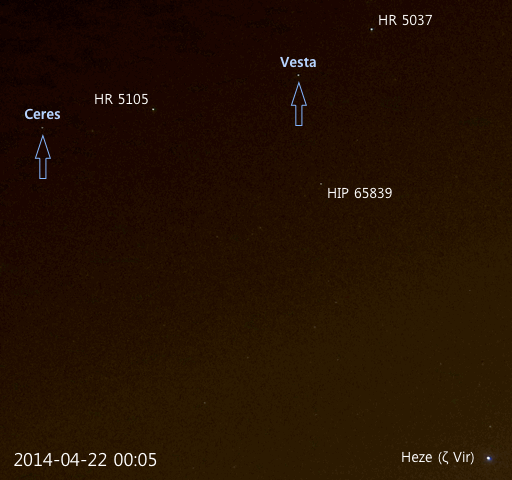
3 days of observing Vesta and Ceres (42% size)
I've recently bought a motorized equatorial mount called iOptron SkyTracker, which enables the camera to track the stars at the same speed as they move in the sky. This is useful for photographing faint objects through long exposures. But since the light pollution in the city sky hinders long exposure photography in the first place, I was unsure whether this would be of much use.
To see that the mount works as intended and is still useful under an uncooperative sky, I decided to try photographing two kinds things - asteroids and galaxies. For asteroids, the two brightest, Vesta and Ceres, were chosen. They were close to each other while moving in the constellation Virgo, between Arcturus and Mars, in the southern sky around midnight. Ceres is also a dwarf planet, so I would be photographing two types of celestial body at once.
For three nights (April 21-22, 23-24, and 24-25), I photographed the area just above Zeta Virginis (a.k.a. Heze) to catch the movement of two objects. The SkyTracker mount was used on the first and third night because the sky was clear, but the second night was riddled with fog in the lower sky, hindering the view of Polaris which is needed to calibrate the mount. So I had to take the photo using only the camera on high-ISO, (relatively) short exposure settings.
Two things became evident in this round of photographing. One, Vesta (magnitude 5.7) and Ceres (magnitude 7.0) could be clearly seen moving towards west each day. Two, the SkyTracker mount did an excellent job tracking the stars and the asteroids, producing images far better than using camera only. The second night's photo had small streaks, despite having only 10 seconds of exposure. Here are the full resolution photos used for the animation.
Device: Canon SX50 HS
Filters: None
Location: Suwon, Korea
#1: 121mm - ISO 80 - 300s - f/5.0 - 2014-04-22 00:05 KST
#2: 121mm - ISO 1600 - 10s - f/5.0 - 2014-04-24 00:07 KST
#3: 119mm - ISO 80 - 300s - f/5.0 - 2014-04-24 23:19 KST
Defined tags for this entry: asteroid, astronomy, Canon SX50 HS, Ceres, dwarf planet, Heze, iOptron SkyTracker, planet, star, Vesta, Zeta Virginis


